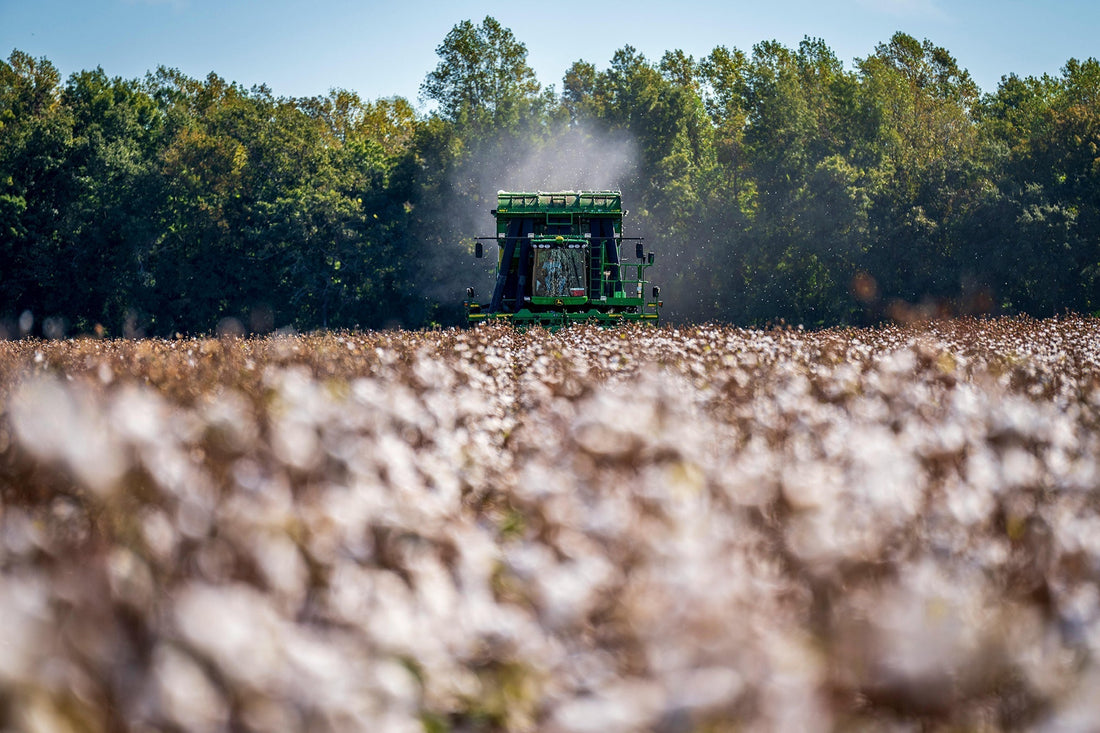Cotton History

Origins and Early Domestication
Cotton, derived from plants of the genus *Gossypium*, has been cultivated for over 7,000 years. Archaeological evidence suggests that cotton was first domesticated independently in multiple regions: the Indus Valley (modern-day Pakistan and India), Mesoamerica, and Africa. The earliest known cotton fabrics, dating to around 5,000 BCE, were discovered in Pakistan, highlighting the Indus Valley Civilization’s advanced textile practices.
Ancient Civilizations and Global Spread
By 3,000 BCE, cotton cultivation spread to Egypt, where it became integral to trade and daily life. The Egyptians developed techniques for spinning and weaving cotton into lightweight fabrics suited to their climate. Meanwhile, in India, cotton became a cornerstone of the economy and culture. The term “muslin,” referring to finely woven cotton cloth, originated from the city of Mosul (in modern-day Iraq), reflecting the Arab world’s role in spreading Indian cotton to the Mediterranean.
In the Americas, pre-Columbian societies like the Maya and Aztec cultivated native cotton species. Spanish explorers in the 15th century marveled at the vibrant cotton textiles produced by these civilizations, which were later traded globally.
Medieval Era and the Islamic Golden Age
During the Islamic Golden Age (8th–13th centuries), cotton production thrived in regions under Muslim rule, including Persia, Egypt, and Spain. Innovations in irrigation, dyeing, and loom technology transformed cotton into a luxury commodity. The Crusades (11th–13th centuries) further introduced Europeans to cotton, sparking demand that fueled later colonial ambitions.
Colonialism and the Age of Exploitation
The 16th–18th centuries marked a dark chapter in cotton history, intertwined with European colonialism and the transatlantic slave trade. European powers, particularly Britain, established cotton plantations in their colonies, relying on enslaved African labor in the Americas. The “triangular trade” system connected raw cotton from the American South to textile mills in England, which dominated global cotton processing by the 18th century.
Industrial Revolution and Technological Advances
The invention of the cotton gin by Eli Whitney in 1793 revolutionized cotton production, making it easier to separate seeds from fibers. This innovation cemented the U.S. South as a global cotton powerhouse but also intensified reliance on enslaved labor. Meanwhile, Britain’s mechanized textile mills—powered by inventions like the spinning jenny and power loom—turned cotton into the backbone of the Industrial Revolution, fueling urbanization and global capitalism.
Modern Challenges and Sustainability
The 20th century saw the rise of synthetic fibers, but cotton remained vital. However, its production faced criticism for environmental harm (e.g., water-intensive farming, pesticide use) and labor exploitation. In response, initiatives like organic cotton farming and fair-trade certifications emerged in the 21st century. Today, countries like India, China, and the U.S. lead global cotton production, while debates continue over sustainable practices and ethical sourcing.
Conclusion
Cotton’s history is a tapestry of innovation, exploitation, and globalization. From ancient looms to modern factories, it has shaped economies, fueled empires, and connected continents. As the world grapples with climate change and social justice, cotton’s future hinges on balancing tradition with sustainability—a challenge as old as the crop itself.
